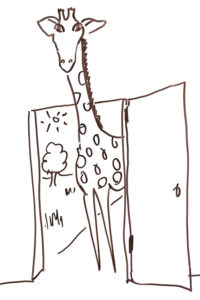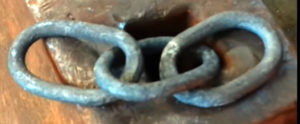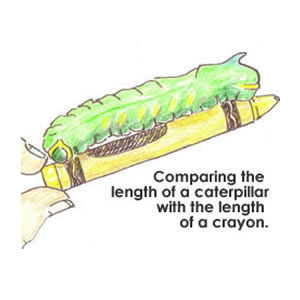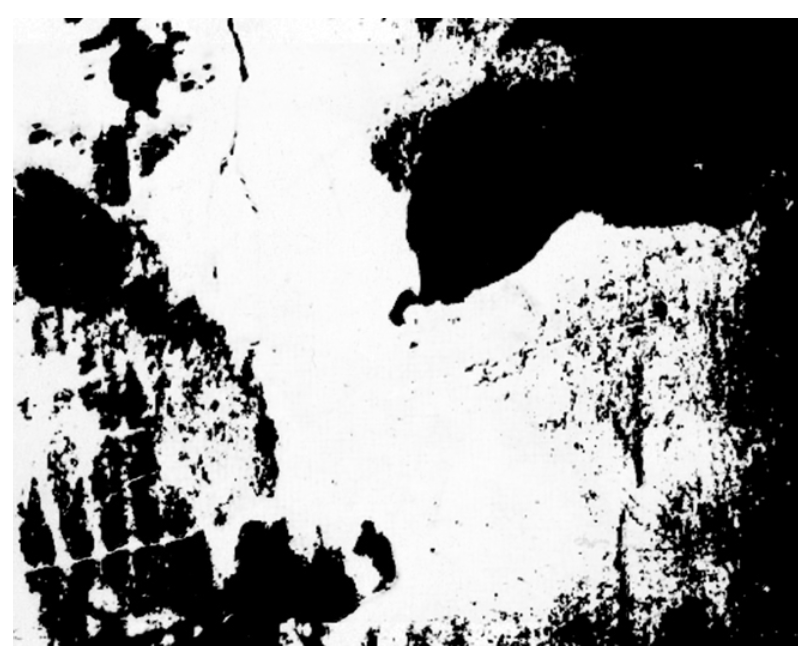A child’s perspective…
When my granddaughter was six, she told me that a man from the local hydro company had visited her school during an assembly. He was chatting to them about saving energy.
She and a group of other children had heard his instructions, “to be sure to shut the doors so the giraffes don’t come in”. They had all been a bit puzzled about it. She said there was further discussion on the playground about whether or not giraffes live in Canada.

I expect the word, ‘drafts’ is not discussed too often with young children, especially those with oil or electric heating. The kids did their best to fit what they thought they’d heard into their prior understanding of the world.
When we’re chatting away in the classroom, it’s easy to think that our students are listening to and understanding what we’re telling them but this is often not so. If they do understand, they’ll grasp the new information you give them, but if not they’ll be distracted trying to make sense of what you’re saying.
Our descriptions can be like the image below, once you perceive what the photo is, it’s clear. Until then, a mystery. (Scroll to the end of the post if you can’t see it!)
Provide plenty of real objects for kids to investigate
A common mistake when teaching little kids is to assume they have understood the basic concept of a discussion and to quickly move on from there.
An example of this is when teaching young children about the food chain and using terms like link, dependent, prey, predator, etc. Today most children would have heard the word “link” repeatedly in the context of an internet link, but most would not have had a lot of discussions about chains.

Providing a short length of chain to put in the classroom when investigating food chains will provide the kids with the experiences of touching links and asking questions about chains and how they’re made. Some might want to create chains with Playdoh™ or paper. They soon begin to understand how if one link breaks, the chain is broken and how each link is dependant on another.
Keep it Meaningful
Remembering to describe things in ways that relate to and are meaningful to 4 – 6 year olds will help you teach successfully. Telling your students that a hawk moth caterpillar is about 4 inches (10 centimetres) long will probably not help too many of them visualize what you’re talking about, whereas telling them that it’s about the same size as a new crayon, will.

Providing plenty of objects and time for children to investigate captures their attention and helps them develop mind sets that they are able to figure things out.
Prompt kids with observation and inquiry type questions. The kids soon taught me that unloading all my great knowledge and wisdom about a subject was “wah, wah, wah” to their ears.
The ebook provides you with the resources to present a new science and math investigation for each week of the year, using simple, affordable, everyday materials like rocks, feathers, fruit, string and branches.
By the way, the mystery image is a cow’s head.
